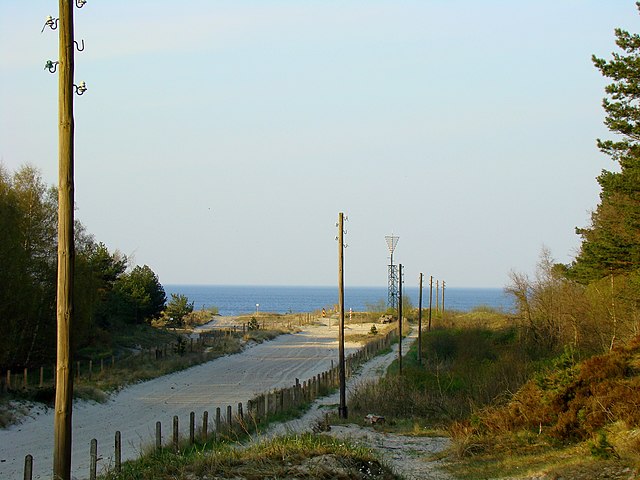Former eastern territories of Germany
The former eastern territories of Germany refer in present-day Germany to those territories east of the current eastern border of Germany, i.e., the Oder–Neisse line, which historically had been considered German and which were annexed by Poland and the Soviet Union after World War II in Europe. In most of these territories, Germans used to be the dominant or sole ethnicity. In contrast to the lands awarded to the restored Polish state by the Treaty of Versailles after World War I, the German territories lost with the Potsdam Agreement after World War II in Europe on 2 August 1945 were either almost exclusively inhabited by Germans before 1945, mixed German-Polish with a German majority, or mixed German-Czech with a German majority (Glatz). Virtually the entire German population of the territories that did not flee voluntarily in the face of the Red Army advance of 1945, was violently expelled to Germany, with their possessions being seized and looted.

Expellee memorial, showing the coat of arms of East Prussia, Danzig, West Prussia, Pomerania, Brandenburg (for East Brandenburg), Silesia, Upper Silesia, and the (originally Austrian) Sudetenland. Posen is not included. Historically, these coat of arms did not all exist at the same time.[citation needed]
The Oder–Neisse line is an unofficial term for the modern border between Germany and Poland. The line generally follows the Oder and Lusatian Neisse rivers, meeting the Baltic Sea in the north. A small portion of Polish territory does fall west of the line, including the cities of Szczecin and Świnoujście.
The Oder and Neisse rivers
The Oder–Neisse line at Usedom (2008)
Marking the new Polish-German Border in 1945
Polish authorities issued an order to the population of Bad Salzbrunn (Szczawno-Zdrój) to force them to immediately leave Poland on 14 July 1945, issued at 6 a.m. to be executed until 10 am





